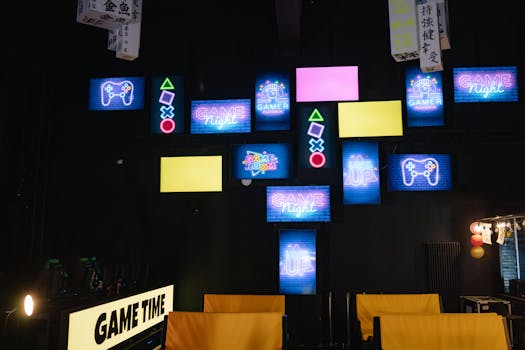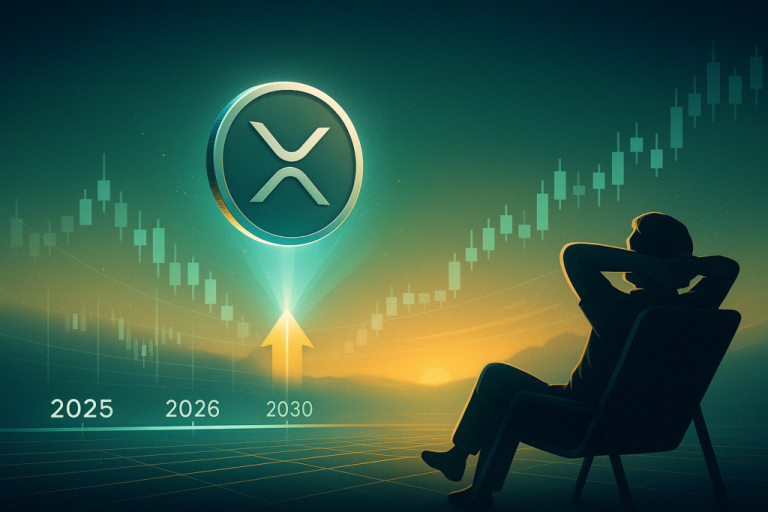
The Evolution of E-commerce by 2025
The Evolution of E-commerce by 2025 is an exciting topic that has been on everyone’s mind lately. As we move forward in time, it’s essential to understand how e-commerce will change and what we can expect in the near future. E-commerce has come a long way since its inception, and it continues to grow and evolve with each passing day.
Introduction to E-commerce

E-commerce, also known as electronic commerce, refers to the buying and selling of goods and services over the internet. It has become an integral part of our daily lives, and its impact on the global economy is undeniable. From online shopping to digital payments, e-commerce has made our lives easier and more convenient.
The Current State of E-commerce

Today, e-commerce is a multi-billion dollar industry that continues to grow at an unprecedented rate. With the rise of smartphones and mobile devices, online shopping has become more accessible than ever before. Consumers can now shop from anywhere, at any time, using their mobile devices. This has led to an increase in online sales, and businesses are taking notice.
The Future of E-commerce

So, what can we expect from e-commerce in the future? By 2025, we can expect to see significant advancements in technology, including the use of artificial intelligence, virtual reality, and augmented reality. These technologies will change the way we shop online, making it more immersive and interactive. For instance, virtual try-on capabilities will allow consumers to try on clothes and makeup virtually, reducing the need for returns and exchanges.
Artificial Intelligence in E-commerce

Artificial intelligence (AI) is already being used in e-commerce to personalize the shopping experience. AI-powered chatbots are being used to provide customer support, and machine learning algorithms are being used to recommend products based on consumer behavior. By 2025, we can expect to see even more advanced uses of AI in e-commerce, such as predictive analytics and automated marketing.
Virtual and Augmented Reality in E-commerce

Virtual reality (VR) and augmented reality (AR) are also being used in e-commerce to create immersive shopping experiences. VR allows consumers to explore virtual stores and try on products in a virtual environment, while AR allows consumers to see how products would look in their own homes before making a purchase. By 2025, we can expect to see more widespread adoption of VR and AR in e-commerce, making online shopping more engaging and interactive.
Digital Payments in E-commerce

Digital payments are also evolving in e-commerce, with the rise of contactless payments and mobile wallets. By 2025, we can expect to see even more advanced digital payment systems, such as biometric authentication and blockchain-based payments. These systems will provide greater security and convenience for consumers, making online transactions faster and more efficient.
Conclusion

In conclusion, the evolution of e-commerce by 2025 will be shaped by advances in technology, including AI, VR, AR, and digital payments. As e-commerce continues to grow and evolve, it’s essential for businesses to stay ahead of the curve and adapt to changing consumer behaviors and technologies. By understanding the future of e-commerce, businesses can prepare themselves for the challenges and opportunities that lie ahead.






